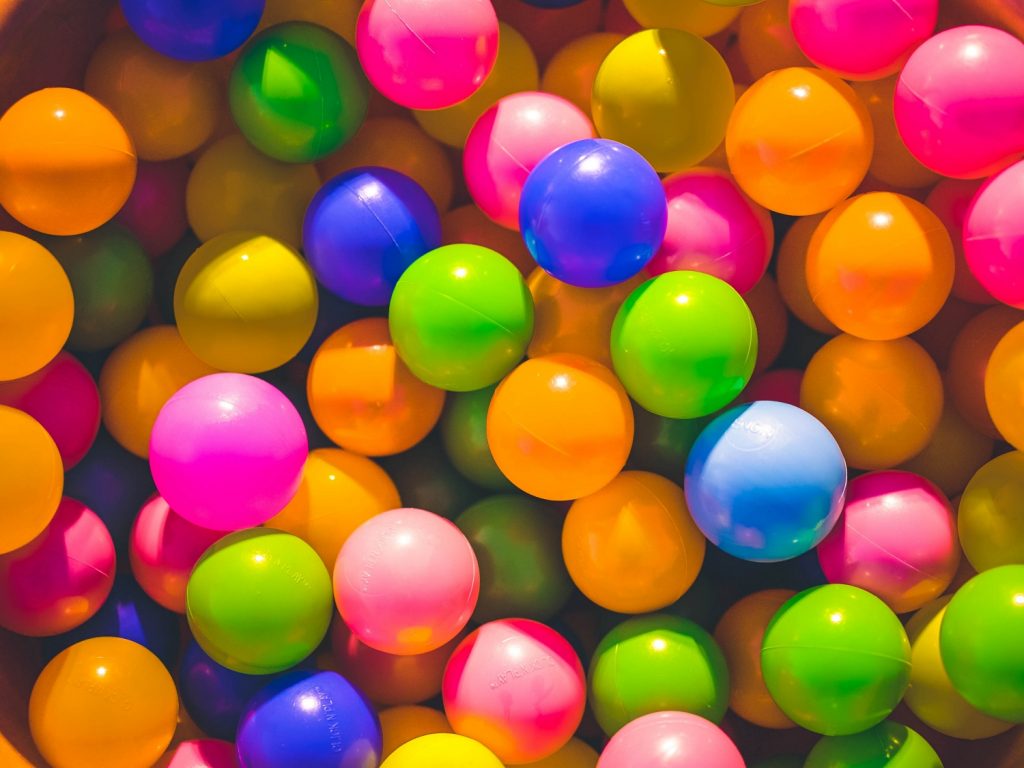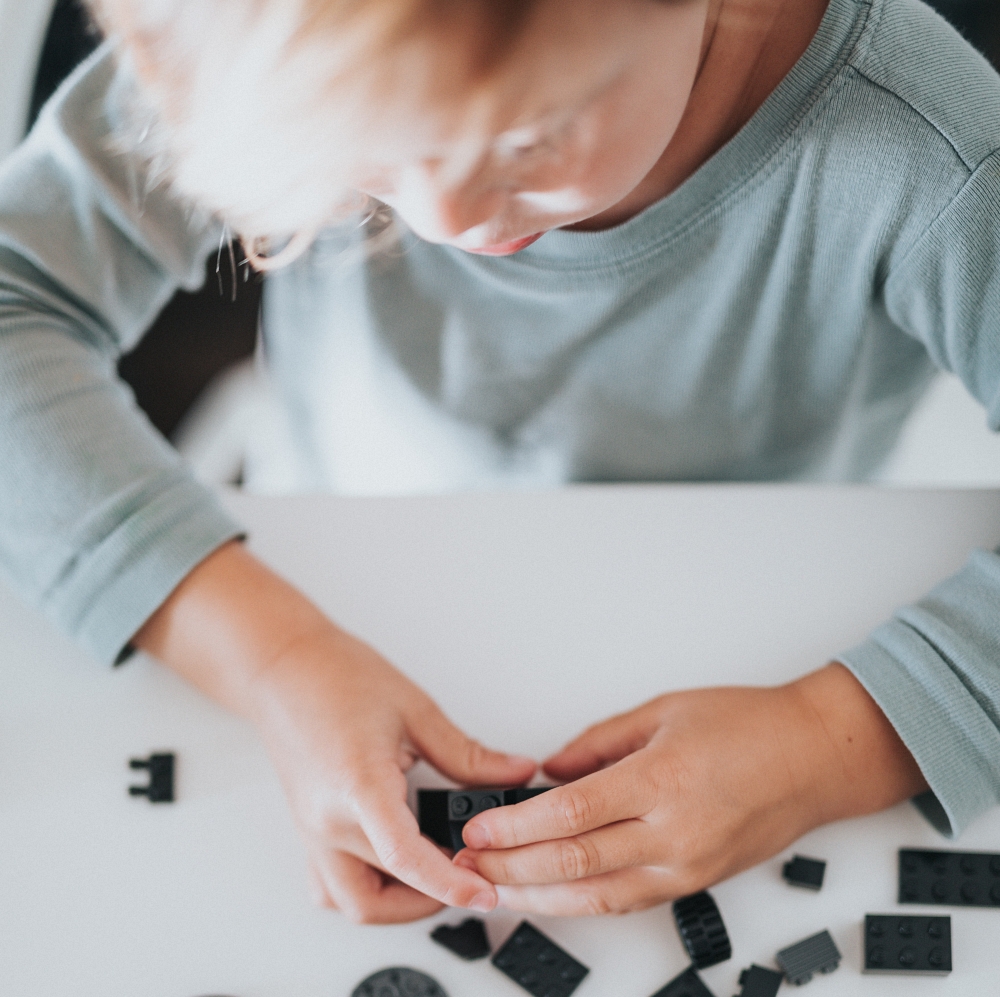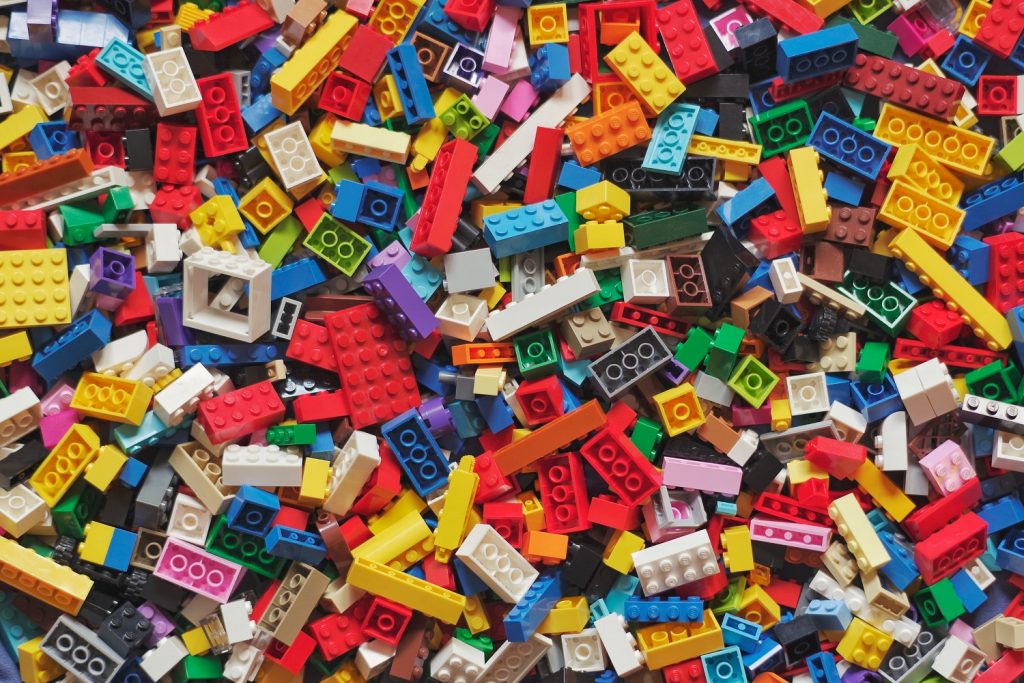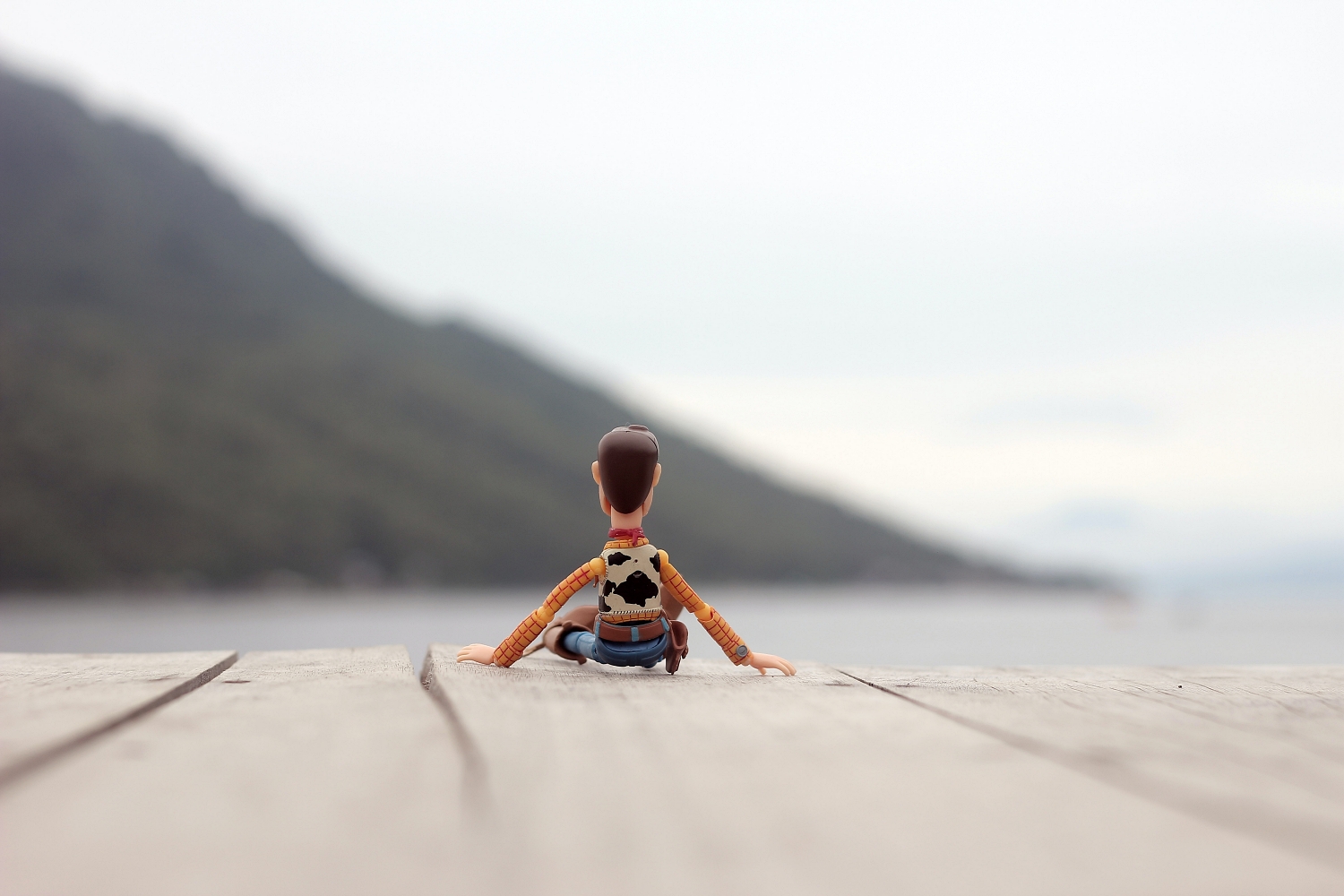*Disclosure: Links included in this post are amazon affiliate links. This means that, at no additional cost to you, I will earn a small commission if you click through and make a purchase.
Parents of young kiddos will likely attest that toy organization can be one of the most challenging things to stay on top of. Toys seem to multiply! And, despite our best efforts, we can start the day with a picked up home and by 9am it’s like a tornado hit. So, what’s the best way to organize toys? And to stay on top of the clutter? Check out these Q&A’s:
Q: Thoughts on toy boxes?
A: I’m not a huge fan. Yes, it’s possible to use containers to create some definition within them, but it’s all too common to dump and pile things into the deep abyss of the toy box. Things get lost, buried, and there’s no rhyme or reason to what goes where. There are other organizers I would recommend instead. See below.
Q: Favorite product for toy organization?
A: I love the cube unit furniture pieces. They’re flexible (display them vertically or horizontally) and you get just the configuration you need – 3, 6, or 9 cubes, etc). I also like that they’re relatively low so kids can reach everything on their own. Put a pull out fabric or wood bin inside each section, label it with pictures and/or words – whatever is age appropriate -and you’re good to go. Kids can take the individual bins out, bring them to another room to play, if needed, then easily put them back.
Amazon version pictured below. I like the Target ones a lot, too.
Shoebox sized clear plastic bins with lids also come in handy for corralling little parts and pieces:
Q: Where should toys be kept?
A: 1. Wherever there is room for them.
2. Wherever the kids tend to play.
3. Where the kids can reach.
This sounds almost too simple. But, often, we keep things out of our kids’ reach, so they’re dependent on us (or scaling the shelves) to get the toys out.



Or, we get after our kids for not picking up their rooms, when in reality, there is no designated or available place for their toys – no book shelves, laundry baskets, stuffed animal home, etc.
Try this quick exercise. Get down to your kids’ level, step back (physically and mentally) from the space, and do a quick survey. If it’s cluttered, what does the clutter consist of? Are storage locations within reach? Does everything have a designated home? You may be surprised what you notice. Only then can you address what needs to be modified and improved.
Q: What about book storage?
A. Have enough shelves to accommodate your stash of books. Another way to look at that is to only have the number of books that you have space to accommodate.
Cube bins like the ones that fit the furniture image above are helpful for paperback books, in particular. Those books can be thin, flimsy, and they don’t stack or support themselves well on a shelf. Nothing wrong with tossing them in a bin. They’re contained, out of sight, and your kids can maintain this system. Bonus!
I like to keep books mostly in the kids’ bedrooms, with a couple in the car to have on hand for road trips and just running around town.
Q: It seems so hard to keep on top of the toy clutter. How do I do it?
1. Purge.
Accumulation happens – especially with toys, so purge, purge, purge! And do this regularly. Kids outgrow toys so quickly, so just like you move them up to the next size of clothing and donate/sell the smaller sizes, regularly go through toys and donate what has been outgrown.
2. Buy less.
It’s ok to question whether your kid really needs the latest greatest thing – and to say no. One way to gauge how much of a priority a potential new toy is for your child is to have them do chores to work for it. If they’re not interested, maybe it really wasn’t all that important to them.



3. Rotate toys.
Another strategy to keep toy clutter at bay is to implement a toy rotation system. Stow some away, then bring them out and, in turn, stow away some others. The toys that are being brought out will feel like “new” toys! Your kids may have even forgotten you had them. Advantages: fewer toys are out and needing to be put away, less visual clutter, and less overwhelm for the kids with so many choices.
4. Find the tried and true.
At ages 12 and 8, my kids don’t have many toys anymore. However, we have held on to a couple things that seem to stand the test of time: legos and marble works (configurable tracks for marbles to follow). They’re great for all ages, and enable us to have fewer other toys – knowing the longevity of these toys. What are your tried and true?



5. Involve the kids.
Kids of all ages can be responsible for their own things. When we have 1 child, it feels manageable for us to be the keeper of the things and the picker uppers. Then, we have more kids and/or life gets busy, and we continue the habit of picking up after our kids – but this time with increasing frustration and stress – because we have other things to do, and darnit, it’s not our stuff to handle! And, our kids are old enough to do it themselves – but they may be resistant.
YES – of course it can be frustrating to teach, explain, and ask again and again for things to be picked up. And, yes, it can literally take years for things to stick. And, they may not do it “right”. Or how you do it. But, they are learning. After all, this is the long game, right? You WILL see the fruits of your patience and persistence down the road. And, your kids WILL be better for it – as they get accustomed to taking responsibility for their things.
Here are 2 potential starting points: 1. Putting dirty clothes where they belong at the end of the day, and 2. Putting things away before getting out something new. Then, build from there.
This toy stuff is totally doable! Let’s remember the purpose of toys…they’re fun! And, they can be educational, can encourage creativity, problem solving, and cooperation. The list goes on and on. These are all great things worthy of supporting. With some habits and systems in place, we can help to keep the stress surrounding this topic at bay, and can enjoy toys for the simple pleasures for which they were intended.



